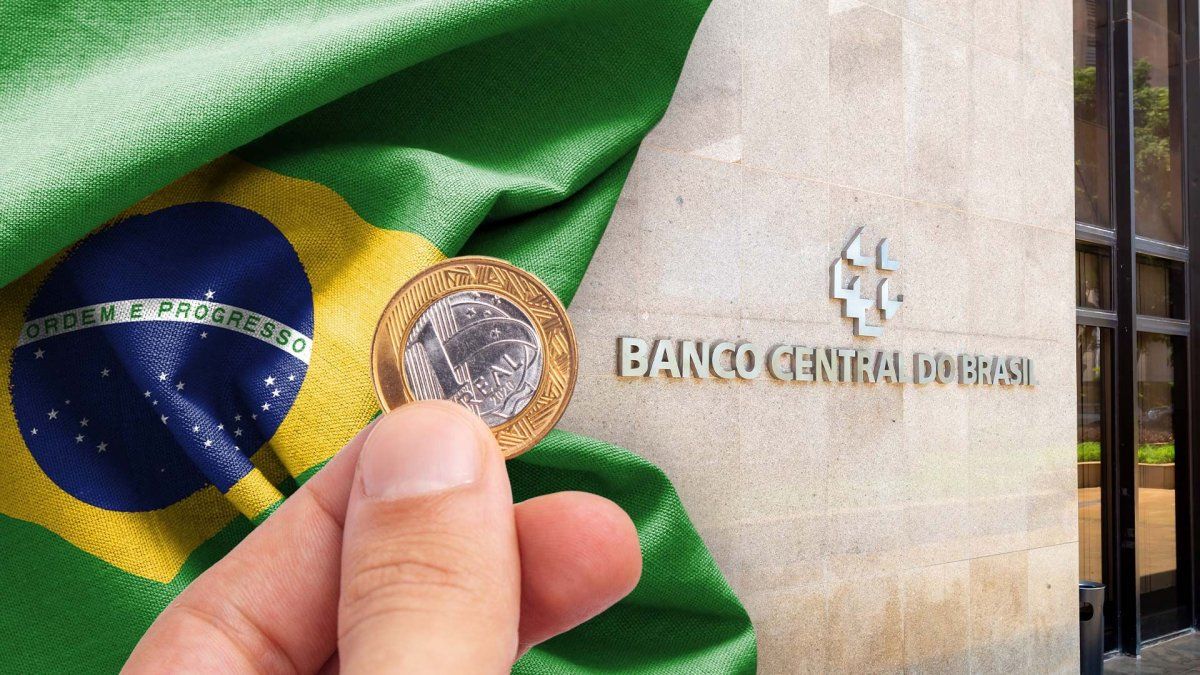Brazilian economists raised their inflation and borrowing cost projections for 2025 after central bankers reaffirmed their commitment to extending major interest rate hikes until early next year.
According to a weekly central bank survey published on Monday, the Selic benchmark rate will reach 15% by June 2025. Monetary easing is expected to begin later that year, with the key rate reduced to 14.75% in December, continuing in 2026 until reaching 11.75% at the end of that year.
Outgoing central bank governor Roberto Campos Neto led board members in the decision to raise the rate by a full percentage point, taking it to 12.25% this month, during his latest monetary policy meeting. His successor, Gabriel Galipolo, reaffirmed the commitment to raise the Selic by an additional two percentage points by March, noting last week that any change in guidance will have a high threshold.
What economists expect by 2025
Monetary policymakers are expected to implement two additional rate increases: first by half a point and then by a quarter of a point, according to the survey.
The central bank is facing above-target inflation, and estimates of future increases in consumer prices are also on the rise. Food has become more expensive, while utility costs remain resilient as the economy overheats.
Analysts expect consumer prices to rise 4.84% next year, above the upper end of the central bank’s 4.5% tolerance range. Annual inflation is estimated at 4% in 2026 and 3.8% in 2027, both figures above the 3% target.
central bank brazil robo.jpg
Analysts expect consumer prices to rise 4.84% next year.
Family consumption is on the rise, driven by historically low unemployment and a jump in public spending. Central bankers warn that inflation pressures are growing, strengthening the case for even more restrictive rates.
A weaker real compounds the bank’s inflation challenges. Investors are abandoning the currency, as skepticism grows over President Luiz Inácio Lula da Silva’s commitment to strengthening public accounts.
The central bank reported capital outflows of about $14.7 billion between Dec. 1 and Dec. 19, according to a separate report released Monday.
Lula’s austerity plan was approved by Brazil’s Congress last week with modifications that will reduce his potential savings by just 1 billion reais ($164 million), far less than feared, according to Finance Minister Fernando Haddad. The original plan contemplated spending cuts of 70 billion reais over the next two years.
Source: Ambito




